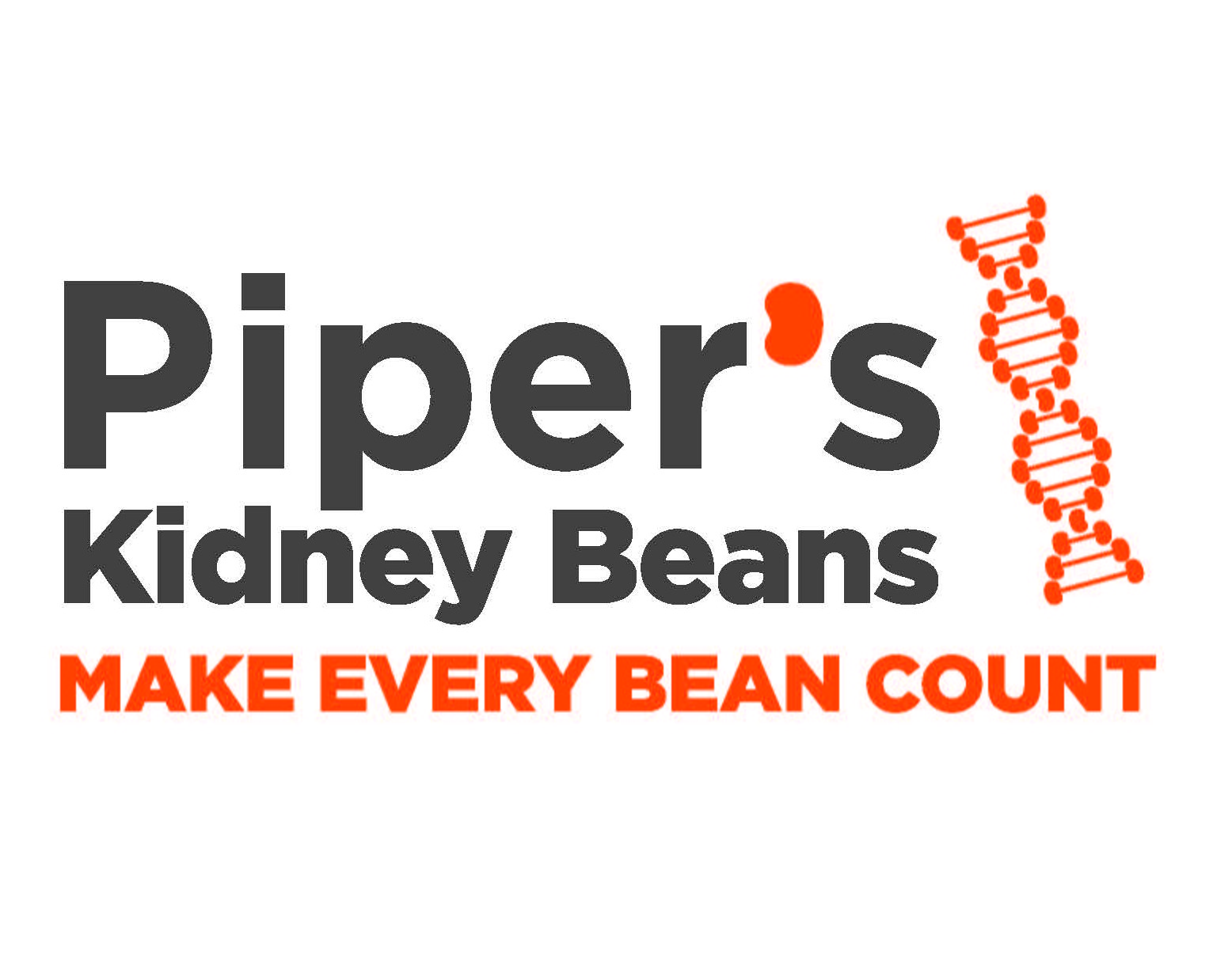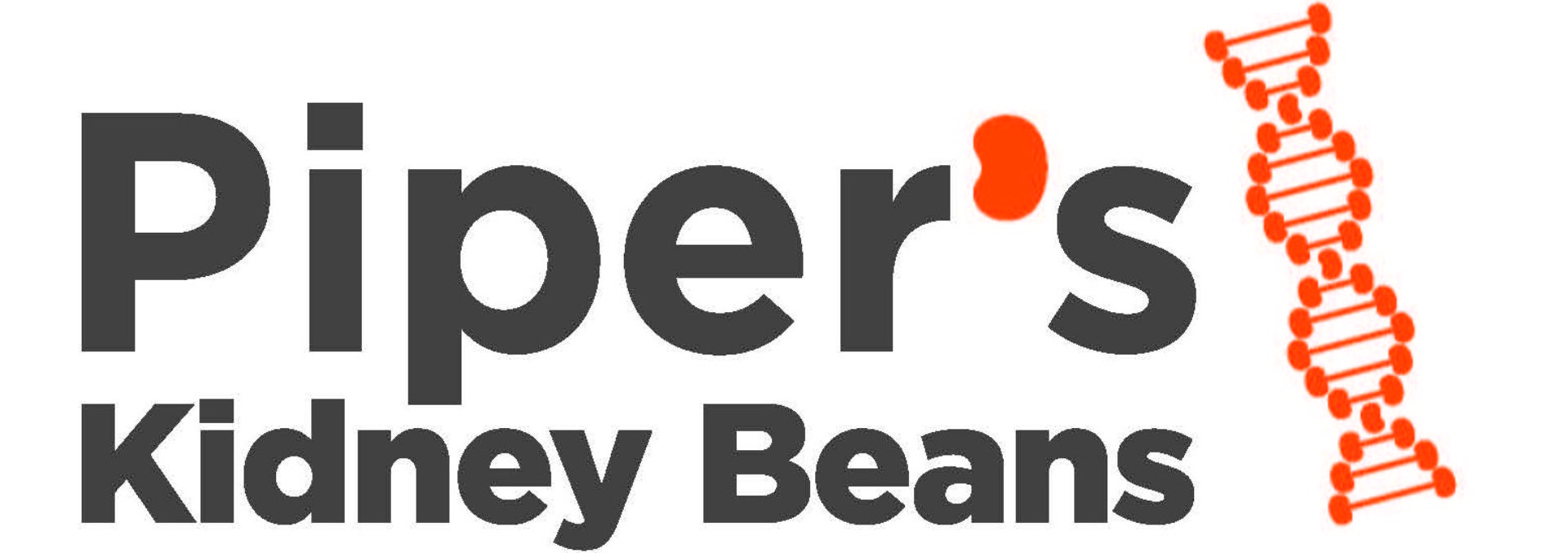On Monday, August 18, 2014, we took Piper down to see Dr. Jeffrey Dome at Children’s National Medical Center in Washington, D.C. We left at 7:45 am and got home at 5:00 pm, but it was well worth the trip. Finally, we left a doctors appointment and didn’t feel the need to immediately go to a bar!
Last week’s appointments were really depressing. We met with an oncologist, nephrologist, transplant surgeon, nutritionist and social worker and we were emotionally exhausted by Friday. In our minds, last week was a “worst case scenario” schedule of appointments and I must admit, it was about as much as I can handle. I’m sure I’m not the first person to cry in the parking lot of the A.I. DuPont Children’s Hospital, but I might be the first to do it twice in a four day period. Then again, probably not.
In contrast, Erin and I both left our appointment with Dr. Dome feeling much more optimistic. Dr. Dome is a pediatric oncologist who specializes in Wilms tumors. In fact, he is considered by some to be the foremost expert on the topic in the world.
As some background, Piper’s condition, Denys-Drash, is caused by a mutation to her WT1 gene. One of the hallmarks of Denys-Drash is that 90% of patients will develop Wilms tumors on their kidneys. Wilms tumors are malignant, can grow quickly and can metastasize through the blood stream to the lungs. Once these tumors develop, the kidneys must come out and the patient treated with potential chemotherapy and radiation. Thereafter, the patient would have to wait a considerable time…up to 2 years…for a donor kidney to be implanted. During that time, the patient would be on three times weekly dialysis.
Another symptom associated with Denys-Drash is renal failure. Eventually, these patients experience kidney failure and they will need a new kidney.
Initially, we had developed a plan with our wonderful nephrologist to identify a viable kidney donor, perform the work-up needed quickly, remove Piper’s kidneys before the development of any tumors and then implant the donor kidney. We believed all of this would happen relatively quickly. When we met with the oncologist last week, he informed us that the removal of the kidneys might not alleviate our concerns of the development of Wilms tumors as some kidney tissue may remain after the removal. He also highlighted other risks associated with removal of kidneys and suggested a “wait and see” approach to let her grow a bit. Unfortunately, this course of action was suggested without giving us any information as to the treat-ability of Wilms tumors if/when they developed. To my ears, this was the “lets wait for cancer to develop in your daughter before we do anything” approach which sounded terrible and terrifying to me.
Later in the week, we met with the transplant surgeon who informed me for the first time that there might be a size issue with me donating my kidney to Piper. She also outlined the procedures that would be performed on Piper, and let me say, it was very difficult to hear. I won’t go into detail, but the idea of her poor little body undergoing such an invasive set of procedures was very scary to me. The transplant surgeon also discussed the possibility of removing Piper’s ovaries due to the potential for development of gonadoblastoma tumors in the future due to Denys-Drash.
I will admit, Erin handled last weeks appointments better than I did. She only cried once in the parking lot.
This leads us to our appointment with Dr. Dome.
First, Dr. Dome’s bedside manner is fantastic. He’s very calm, gentle and reassuring, which was a nice change of pace. He spent a lot of time with us and patiently answered all of our questions and gave us a lot of great information regarding Wilms tumors.
The best news of the appointment is that Dr. Dome agreed with us that Piper’s ovaries did not need to be removed at this time, if ever. The development of gonadoblastomas in patients with Denys-Drash is about 15%, and much more prevalent in boys than girls. Further, they would only develop if Piper had “streak ovaries” and that cannot be determined until she nears puberty. He also informed us that the literature on the subject was now indicating that the many of the gonadoblastomas associated with Denys-Drash actually should have been attributed to a similar genetic syndrome called Frasier Syndrome, and that perhaps the incidence of these types of tumors in Denys-Drash patients was overstated. This is great news because the ovaries do so much more than produce eggs. They are so important to her development and health and we would absolutely hate to have to deprive her of them.
The second best news was that Dr. Dome informed us that Wilms tumors detected in Stage 1 are very treatable and patients have a 99% survival rate. In fact, if the tumors are small enough when the kidney’s are removed, recent evidence suggests that chemotherapy is not necessary. When this course of action is taken, there is roughly a 15% chance of the development of Wilms tumors in the future, but if caught early, they are treatable with chemotherapy and the patients have a 99% survival rate. This was the first time I had heard that the Wilms tumors were so treatable and I felt tremendous relief. Erin told me later that she always assumed that they were treatable, but I can’t say that I shared her assumption given that no one had ever discussed it with us!
The third best news was that there are no other issues associated with Denys-Drash. The medical community has known about this condition for long enough that there are no long term concerns once the kidneys have been removed and a new kidney has been implanted. The incidence of the gonadoblastomas is dependent entirely upon whether Piper develops “streak ovaries” and we won’t know about that until several years down the road. Even then, the risk of these tumors is low.
So, although our planned course of action has not changed, its timeline has potentially shifted. Our next step is to schedule a CT scan (or MRI scan) with contrast to detect the presence of any existing tumors. We do not believe she has developed the Wilms tumors yet, but we need to get a baseline. If her scan comes back clear, then we feel comfortable taking our time with the nephrectomies (kidney removal) so that she can grow a little bit more. This will be possible so long as her kidney function remains sufficient (which it has so far) and we can treat the symptoms with medication, which is currently a blood pressure medication called Norvask and a Calcium-Carbonate supplement. She will get CT or MRI scans every 60-90 days to check for development of tumors, and her blood will be tested every few weeks for kidney function.
If the Wilms tumors develop thereafter, or her kidneys begin to fail, we will begin the process of removing her kidneys and moving forward with implantation. Of course, if the Wilms tumor develop, implantation will be delayed to ensure that the cancer has been removed completely, but as I mentioned, it’s very treatable.
Why wait for removal, you ask? Several reasons. First, the older she is when she undergoes these procedures, the better she will do. Second, her kidneys, although diseased, still perform extremely important functions that dialysis just can’t completely replicated. Third, waiting will give her time to grow so that my kidney, which should be an ideal match, will be a better fit.
In the meantime, we will get Sophia and Harper tested for a WT1 gene mutation just to rule it out. Although we would likely see symptoms and signs of the disease by now (especially in Sophia, who is 3 1/2) we want to be 100% sure. I will continue to move through the process of becoming Piper’s kidney donor which takes 3-6 months. Piper will continue to have her regular twice monthly nephrology appointments and bloodwork.
We will also continue to carefully monitor her diet as we need to be as easy as possible on her kidneys. We carefully monitor her sodium, potassium and phosphorus intake. Unfortunately, almost everything kids enjoy have all three of those things in heavy amounts!
Thank you to everyone for your warm and heartfelt comments. We are extremely blessed to be surrounded by such wonderful family and friends.
Love, Chris and Erin.


2 thoughts on “OUR VISIT TO DR. JEFFREY DOME AT CHILDREN’S NATIONAL MEDICAL CENTER”
So well written and explained. Thank you! Thinking of you all with high spirits………glass 3/4 full at all times!
You two have really done a great job with everything! We love you bunches! xoxoxo Mom and Dad
I love these comments. Thanks for keeping g us in the outlook.
Love,
Dad
Comments are closed.